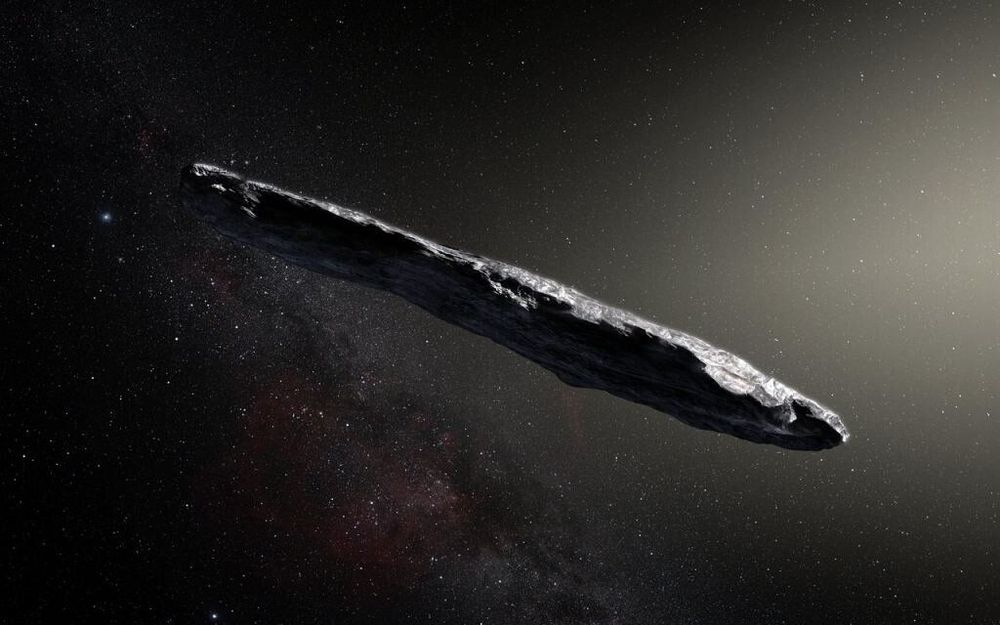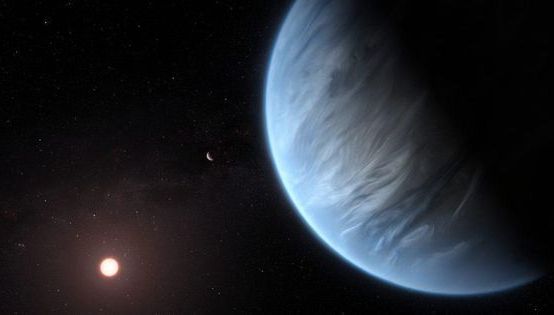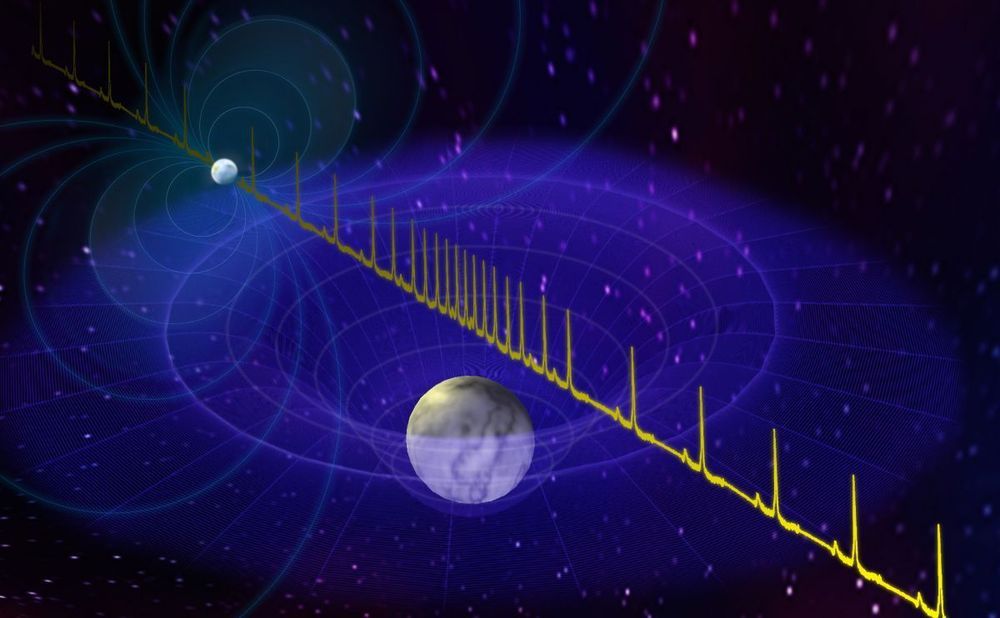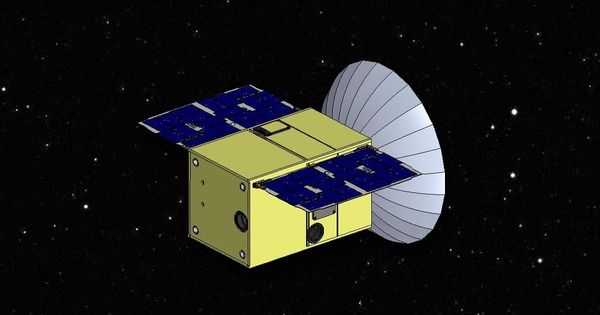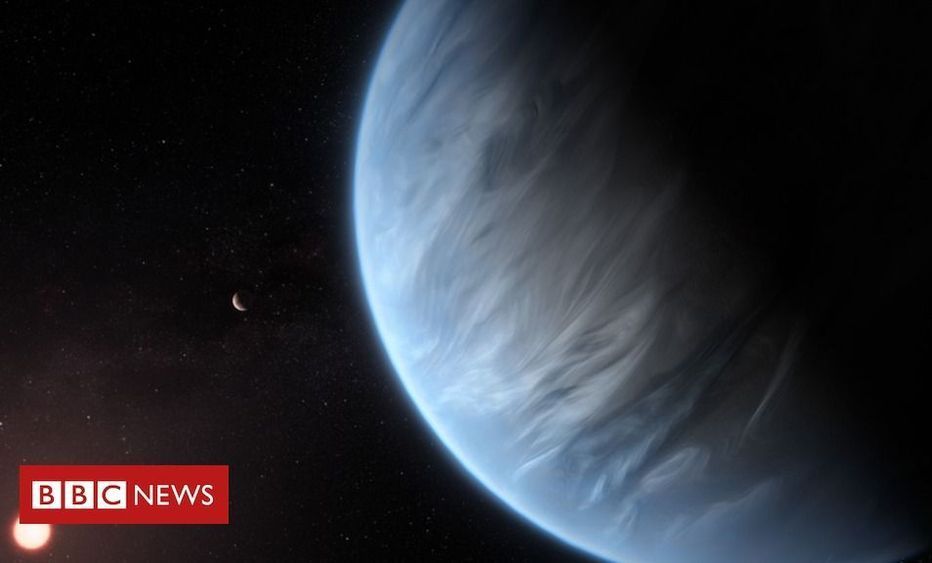When ‘Oumuamua passed through our solar system two years ago, it set off a flurry of excitement in the astronomical community. Here was the first-ever interstellar object that be observed by human trackers, and the mysteries surrounding its true nature and composition led to some pretty interesting theories. There were even some proposals for a rapid mission that would be able to rendezvous with it.
And now that a second interstellar object—C/2019 Q4 (Borisov)—has been detected traveling through the solar system, similar proposals are being made. One of them comes from a group of scientists from the Initiative for Interstellar Studies (i4is) in the U.K. In a recent study, they assess the technical feasibility of sending a mission to this interstellar comet using existing technology, and found that there were a few options.
In many ways, C/2019 Q4 (Borisov) represents an opportunity to conduct the kinds of research that were not possible with ‘Oumuamua. When that mystery object was first observed, it had already made its closest pass to the sun, past Earth, and was on its way out of the solar system. Nevertheless, what we were able to learn about ‘Oumuamua led to the conclusion that it was an entirely new class of celestial object.
